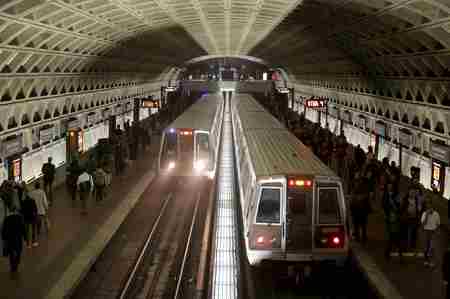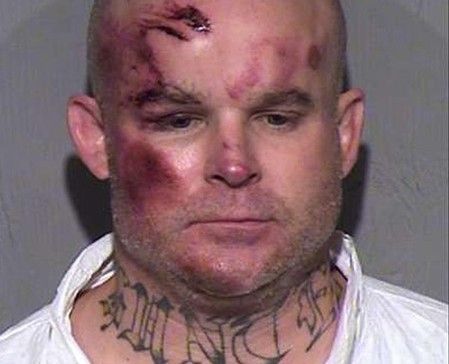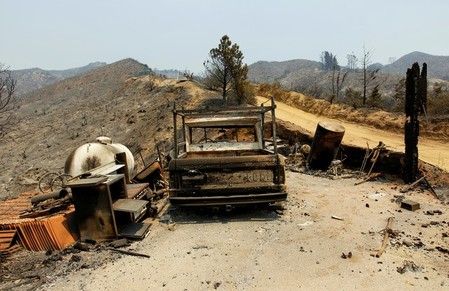Advertisement
Washington’s 2015 subway fire showed widespread safety lapses: agency
By Ian Simpson
WASHINGTON (Reuters) – A Washington subway fire last year that killed a passenger and injured 91 people showed widespread shortcomings by the U.S. capital’s troubled transit system and emergency personnel, safety officials said on Tuesday.
The final report by the National Transportation Safety Board (NTSB) into the January 2015 fire said the second-busiest U.S. subway system still suffers from lax safety standards despite a dozen previous NTSB investigations since it began operations in the 1970s.
NTSB Chairman Christopher Hart called safety systems “fundamentally flawed” at the Washington Metropolitan Area Transit Authority (WMATA) even though the agency was crucial to getting hundreds of thousands of U.S. government employees to work every day.
“It is our hope that the report we consider today will help to ensure safety in WMATA’s rail operations in the future,” Hart told a board meeting.
He said the best agency to handle safety oversight of the system, known as Metro, was the Federal Railroad Administration.
U.S. Transportation Secretary Anthony Foxx put Metro under Federal Transit Administration’s safety watch in October.
The agency’s report stemmed from an electrical arc fire involving the charged third rail in a tunnel south of the subway’s L’Enfant Plaza station. Smoke filled six cars of a subway train that had stopped inside the tunnel.
Investigators said the cabling lacked seals and was lying on wet ground caused by a water leak that had gone unrepaired for seven months.
Dispatchers took more than four minutes to send out emergency crews. Radio service was so unreliable that emergency teams resorted to runners, and a Metro worker sent one crew down the wrong tunnel.
The report also said Metro lacked an inspection program for water leaks and its ventilation system was inadequate for removing smoke.
Metro, which carries about 700,000 passengers on weekdays in serving the U.S. capital and its Virginia and Maryland suburbs, did not have procedures for operating ventilating fans in case of a tunnel fire or for train operators to shut down car ventilation, investigators said.
The report came six weeks after the unprecedented one-day shutdown of Metro for emergency safety inspections.
A Metro spokesman was not immediately available to comment on the agency’s findings.
WMATA Chairman Jack Evans in March warned of maintenance shutdowns that could last months and called for another $25 billion in funding over the next decade to keep the system running.
(Reporting by Ian Simpson, editing by G Crosse)











